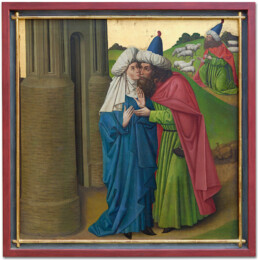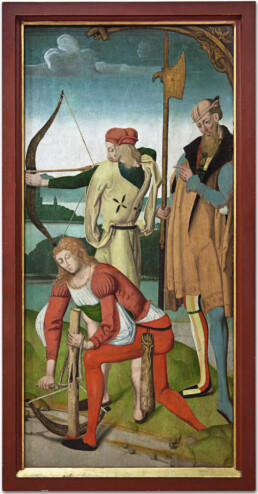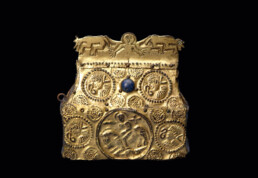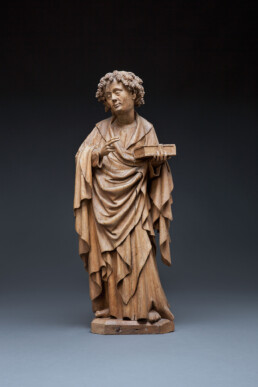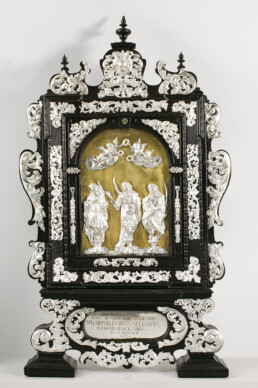Sacred art at the heart of Rottenburg
The art has been housed since 1996 in the former Carmelite abbey between the River Neckar, the priests’ seminary and the Rottenburg market square. The baroque church interior was redesigned for the purpose by Stuttgart architect Eckehard Janofske. By using modern features, a kind of ‘house-within-a-house’ has been achieved – a striking contrast between old and new. On the ground floor there are mostly altar and devotional paintings, hanging in little niches around the baroque building – and thus evolving their own unique sacred force. Most of the sculptures, together with works of Swabian folk art, are found on the upper floor. The ‘treasure chamber’ down in the basement is home to valuable liturgical devices and garments, as well as the extraordinary collection of glass reliquaries.


Faith made visible – painting and sculpture
The painting collection of the diocesan museum boasts masterpieces from the 15th to the 21st centuries, including Dutch panel paintings and works by the successors of Albrecht Dürer. Late mediaeval Swabian painting is well represented, with the acclaimed St Martin Dividing his Cloak (1460/70), Rottweil high alter panels (1440) and the works of the Master of Meßkirch (1535/40). The collection is also thematically varied: with several scenes from the life of Christ, and depictions of the Virgin Mary and the saints, the fascinating Christian pictorial world is on full display.
In the large collection of sculpture, some of the leading late mediaeval and renaissance artists of the south west are represented, with works by Hans Multscher, Niklaus Weckmann and Jörg Lederer. Highlights include the Christ and St John Group (1340), Man of Sorrows (1470/80) and the Palm Donkey (1520). A rare example of the luminance and colourfulness of mediaeval sculpture is Saint Catherine (1470) by Jörg Stein, whose exceptionally good state of preservation has an impact even today. The Swabian baroque period is represented by the monumental Hechingen Triumphal Cross Group (1600), among others.
Worth its weight in gold – sacred treasury art
The ‘treasure trove’ presents outstanding goldsmithery from over a thousand years: among the oldest examples is the Ennabeuren Purse-shaped Reliquary from the 7th century, that originates from the period of the Christianisation of the Alemanni tribes. The Augsburg Monstrance (1755) by Franz Ignaz Berdolt is a spectacular testimony to Jesuit splendour. Of particular symbolic significance to the diocese of Rottenburg-Stuttgart are the episcopal insignia, most especially the crozier with St Martin dividing his cloak (1905) used by Bishop Johannes B. Sproll, as well as the precious jewel-embellished Keppler Chalice (1925), still used today in the ordination of priests.




